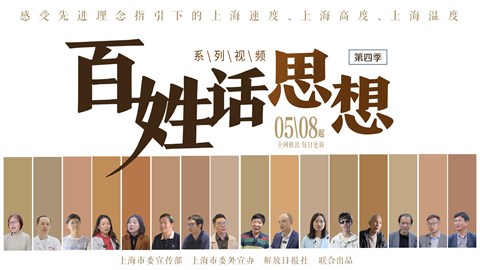Huizhou Culture showcased at urban planning center

Visitors browse the exhibits featuring the distinct culture of Huizhou region at Shanghai Urban Planning Exhibition Hall on Saturday.
The distinct culture of Huizhou region, one of China's major regional cultures, is being exhibited at the city's urban planning exhibition center, starting from Saturday.
The nearly two-month exhibition, themed "Overview of Huizhou: Identity, Origin and Destination," displays the 800-year-long historical development and outlook of Huizhou, the ancient name for the city's neighboring Anhui Province and part of east China's Jiangxi Province.
The profound Huizhou culture, among the nation's three regional cultures with those of Tibet and Dunhuang in northwest Gansu Province, is being showcased with maps, charts, photos, documents, paintings, artifacts and audio on the second floor of the Shanghai Urban Planning Exhibition Hall through May 26.
The distinct features of the region, including its traditional lifestyle, the scenic Yellow Mountain, the Huizhou merchants, architecture and cuisine, are highlighted in traditional paintings, historical photos and exhibits, such as the region's famous traditional Chinese ink sticks and woodcut paintings.
At the beginning of the exhibition, a series of historical maps show the territory of the mountainous Huizhou region which remained the same from the Song Dynasty (960-1279) to the end of the Qing Dynasty (1644-1911).
The fixed territory helped form the distinct and profound Huizhou culture, said Tao Yuliang, an expert taking part in the arrangement for the exhibition.
"The regional culture of Huizhou is an important origin of China's traditional cultures," he said.
The frugal and intelligent traditional lifestyle of the region is being displayed in a group of paintings. In one of them, for instance, a housewife uses a string and a coin to sprinkle cooking oil on flour, which is said to be a common method that helps avoid waste.

Visitors check out an exhibition about the distinct culture of Huizhou region at Shanghai Urban Planning Exhibition Hall on Saturday.

Xue Yingfeng (left), a famous local painter, explains the section he takes charge of about the future vision for the historical Huizhou region.
Xue Yingfeng, a famous local painter, created 60 paintings which embody the traditional heritage and future prospects for Huizhou culture.
In his visions, children are studying modern sciences in traditional sishu, or old-style private schools. The ingredients of Huizhou cuisine are precisely calculated to ensure the authentic flavor. Traditional temple halls are built for white-collars to meditate and calm down.
The artists spent over a year collecting exhibits and seeking inspiration in Anhui Province for the exhibition, according to the center.
It aims to promote the culture of Jiangnan, or the south part of the Yangtze River, and traditional Chinese cultures among the large number of visitors from both home and abroad, said Hang Yan, the curator of the center.
"I've learnt how Chinese people lived their lives long ago as well as the origin of Chinese culture," said Andy Wheer, an engineer from the United Kingdom.
Jonathan Boxman, a scientific writing teacher from ShanghaiTech University, said he was impressed that the outstanding Huizhou culture originated from the same latitude as his hometown in Israel.
"The outlook section presents a positive attitude on many new technologies such as genetic modification, which also impressed me a lot," Boxman said.
The exhibition is free, but visitors need to get admission to the center which costs 30 yuan (US$4.50).
















